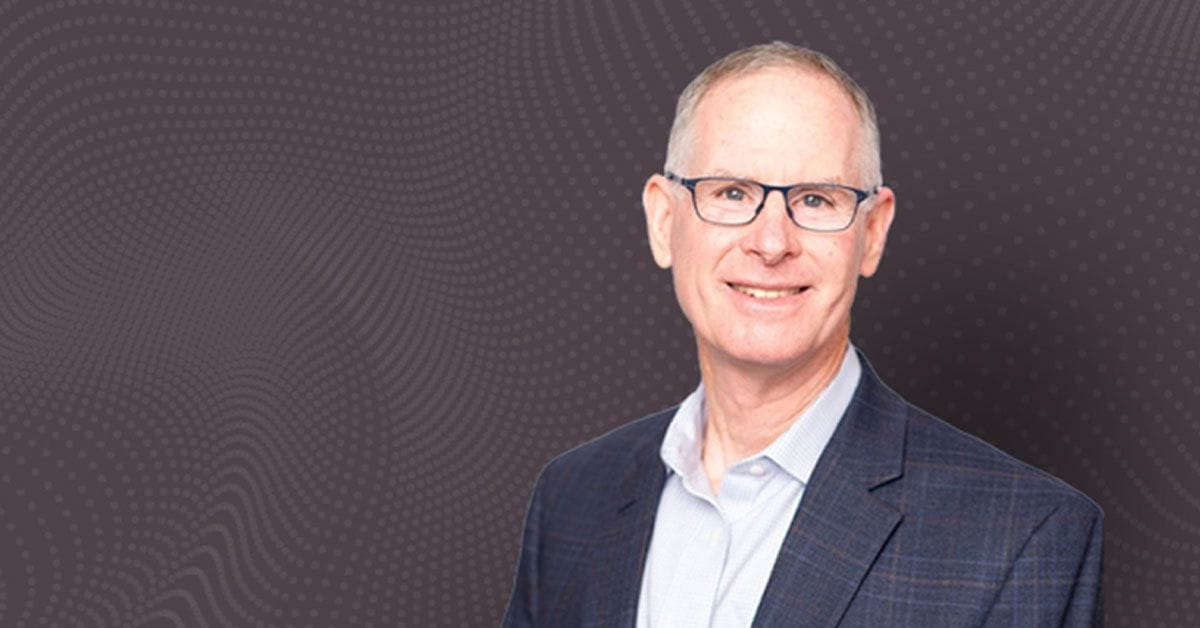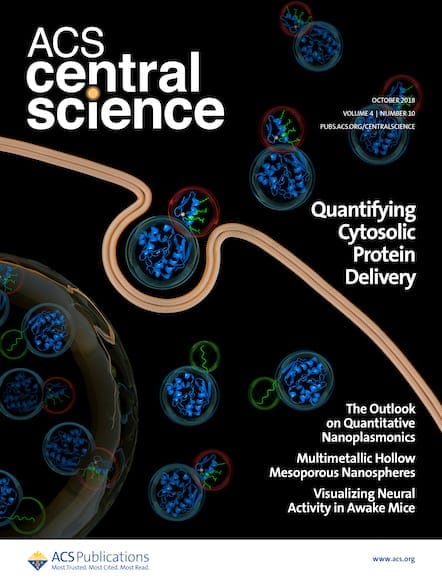In this interview, Prof. Schanze shares what drew him to his chosen field of materials research, what's he's currently working on, his advice to young researchers in the field, and more.

In January 2024, Professor Kirk S. Schanze joined ACS Central Science as its new Deputy Editor, replacing Professor Chris Chang.
We caught up with Prof. Schanze recently to find out more about what excites him about joining ACS Central Science as Deputy Editor, what drew him to his chosen field of materials research, his advice to young researchers in the field, and more.
What excites you about joining ACS Central Science as Deputy Editor?
I am excited to work with the diverse authors and high-quality science that is represented by the submitted papers in the journal. It is great to be involved with a high-profile journal that publishes impactful papers across the discipline of chemistry. I am looking forward to learning more about fields beyond my prior research, teaching, and editorial experiences.
What do you hope to bring to the journal?
First, I hope that I can add to the technical expertise of the journal with my research background in organic and polymer materials chemistry, applied materials chemistry, and photoscience. Second, with my previous experience as an editor of the ACS journals Langmuir and ACS Applied Materials & Interfaces, I hope to bring leadership and operational skills in peer review and manuscript processing to ACS Central Science. In this regard, communication and collaboration within the editorial team and with the author and reviewer communities are key areas of focus for me.
What drew you to work in materials research?
There was a “push” and a “pull” that moved my research into materials chemistry. The pull was my interest in applied chemistry research, which almost by definition leads towards materials chemistry and materials science. I found that early in my career, many graduate students were drawn by projects that had a clear application, either in the broad context of societal problems (e.g. energy science) or towards a specific problem of interest to industry. Given my interest in applications and the draw for graduate students to work in the area, my group’s focus turned largely towards applied polymer and materials chemistry.
The “push” was the availability of funding in applied materials research. In the 1990’s at the University of Florida I was lucky enough to become involved in several engineering projects that were funded by industry that focused on developing coatings that could be used in measurement of surface air pressure and mechanical stress distributions. This provided a springboard for my group to develop our interest and expertise in polymer and materials chemistry.
What are you currently working on?
My group has a long-term interest in water soluble conjugated polymers – we call them “conjugated polyelectrolytes.” These materials have interesting optical and materials properties, and they are useful in a variety of applications ranging from chemo- and bio-sensing to use as anti- cancer and antibacterial agents. We continue to develop new conjugated polyelectrolytes through organic and polymer synthesis and study their properties and applications.
Another interest in my laboratory is luminescent organometallic molecules and polymers. In this area we have developed platinum(II) and gold(I) N-heterocyclic carbene complexes and polymers that are highly luminescent and they can be used as phosphors in organic light emitting diodes (OLEDs). We are excited to discover some highly luminescent complexes that emit in the deep blue that have the potential for use as blue phosphors for OLED applications.
We also have recently begun working on the study of photocatalysts that operate by an unusual mechanism involving sequential 2-photon absorption. Mechanistically, the process involves the doublet excited state of ion radicals, and we are focused on understanding the photophysics of these unusual species by applying ultrafast laser spectroscopy and density functional theory calculations. The work is fundamental physical chemistry, but it is directly relevant to a novel class of photocatalysts used in an approach that has been nicknamed by scientists in the field “ConPET.”
What are the major challenges facing your field today?
In the area of solar energy conversion, the discovery of solution processed, hybrid inorganic/organic semiconductors (e.g. tin and lead halide perovskites) has been a breakthrough towards making the fabrication of thin film based, high efficiency, low-cost solar cells feasible. However, the field is restricted by the use of lead-based materials in the environment as well as the stability of the materials for long term use. A major challenge is to adapt the perovskite materials to overcome the toxicity and stability issues.
What’s one area of materials research that has you really excited for the future?
I am excited by the long-term potential for the development of efficient and durable photocatalysts that can drive solar fuels generation via water splitting and/or CO2 reduction.
What do you think is the most interesting and/or important unsolved problem in your field?
Photocatalytic water splitting—how to develop a durable material that drives the process efficiently with visible light.
What advice would you give to young researchers in the field?
Be willing to work hard and be flexible to pursue opportunities that may open up new avenues for research.
What element has been most central to your scientific career, and why?
Throughout my career I have been blessed by having the opportunity to work with many highly motivated and talented undergraduate, graduate, and postdoctoral students. It is their dedicated work and collaboration that has been central to my scientific career.
What interests and hobbies do you enjoy outside of work?
I enjoy fitness activities, including running, cycling, and swimming. I have run a few half- and whole marathons and competed in cycling races when I was young. One day I hope to combine my interests to compete in a triathlon. I also enjoy travel—seeing new places and meeting new people. At home my wife and I enjoy spending time with the family dogs, Tala and Coco.
